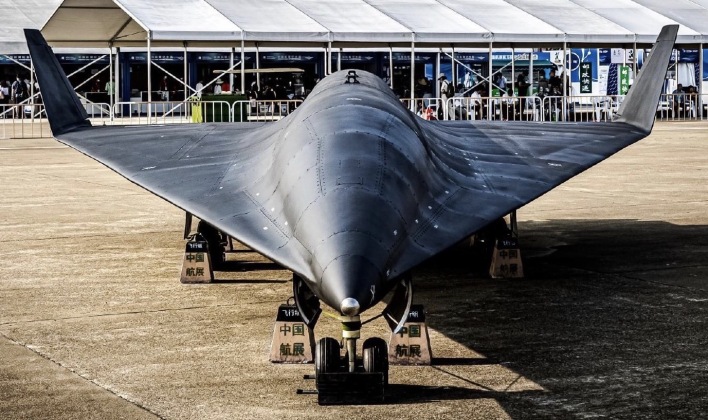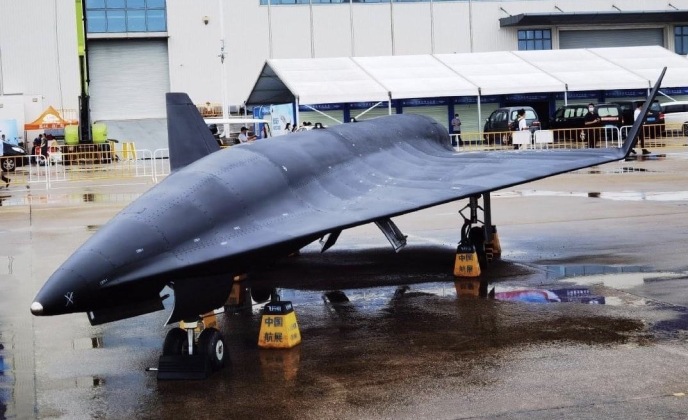
Since Russian President Vladimir Putin’s unveiling of a range of new hypersonic weapons in March 2018, hypersonic technologies have increasingly been central to discussions of military primacy. Have China and North Korea have since deployed such weapons of their own while the United States has accelerated its development efforts on multiple parallel programs. More complex than single-use hypersonic missiles and glide vehicles, however, is the development of aircraft capable of flying at hypersonic speeds for either combat or reconnaissance roles. While during the Cold War the USSR fielded the world’s fastest combat jet the MiG-25, which at Mach 3.2 holds the world record comfortably to this day, the technological requirements for an aircraft capable of exceeding Mach 5 are considerably higher. With a sharp contraction of industry in both Russia and the United States following the end of the Cold War, China emerged in 2019 as the first country in the world to field a hypersonic military aircraft. The unveiling of the unmanned WZ-8 reconnaissance platform on October 1st that year marked the state’s 70th anniversary.

The unveiling of the WZ-8 comes as China’s defence sector establishes a lead in a growing range of technologies, and has provided the Chinese People’s Liberation Army (PLA) with an entirely unique asset with the potential to serve as an effective force multiplier for many of its new tactical weapons systems. Although its exact specifications remain unknown, the aircraft is intended to fly at extreme speeds and altitudes with the reported intention providing both general intelligence and targeting data. Such modes of flight have been relied on by number of reconnaissance aircraft in the past, most notably the Soviet MiG-25R series as well as the American A-12 and SR-71, since higher and faster aircraft are more difficult to lock onto or shoot down. Following advances in sensor air to air missiles technologies in the 1980s and 90s, these aircraft have all been retired as their survivability was increasingly brought a question. The WZ-8, however, is a leap over the capabilities of Cold War American and Soviet aircraft providing a similar level of invulnerability today to what they did in the 1960s and 70s when introduced.

While surveillance satellites have predictable courses allowing them to be evaded, and are expected to be primary targets in the event of open hostilities between major powers, reconnaissance aircraft in their airfields are much more difficult to locate, can be hidden in underground hangers, and can fly along any trajectory towards any target unexpectedly. Fielding the WZ-8 thus provides a much more robust surveillance capability for the Chinese PLA than rival militaries have. Multiple sources have indicated that the WZ-8 can loiter and flies at maximum speeds of between Mach 6 and Mach 7, and with current Western long range air to air missiles such as the AIM-120 and Meteor flying well below Mach 5 they would need to be over twice as fast to pose a serious threat. The WZ-8’s most dangerous role may well be the provision of targeting data, particularly on warships which due to their mobility pose more challenging targets for long-range missiles than fixed bases do. This allows the aircraft to play a vital role in facilitating strikes by anti-ship long-range missiles such as ground-based DF-21D and DF-26 ballistic missiles, ship launched YJ-100 cruise missiles, and YJ-12 missiles deployed by the PLA Navy’s H-6 bombers. Although other hypersonic aircraft are currently under development abroad, including possibly the manned Russian PAK DP (MiG-41) interceptor which some reports indicate will fly at over Mach 5, China’s head start in the field reflects a growing trend towards its technological primacy and will provide it with flight data and operational experience that could benefit development of future designs including potentially hypersonic combat aircraft.

